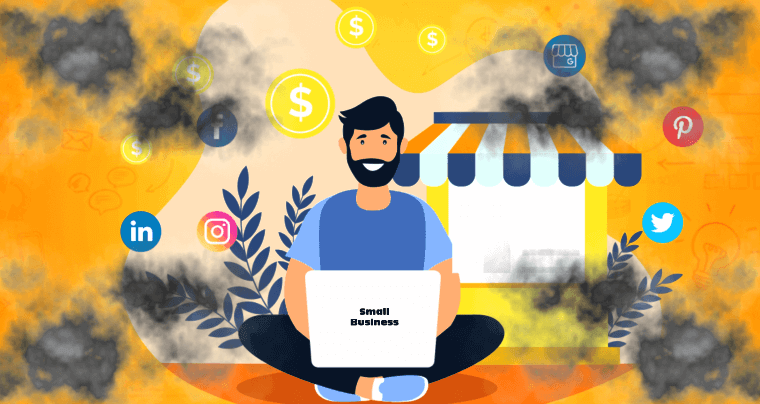
In the digital age, social media has long been hailed as the holy grail of marketing for small businesses. It offered a cost-effective way to reach a broad audience. However, the marketing landscape is evolving, and for many small businesses, the once-reliable realm of social media is losing its luster. Here, we'll explore the shifting dynamics, rising costs, and how physical marketing, such as signs and graphics, is emerging as the champion for a higher return on investment (ROI).
The Social Media Conundrum
The Cost of Reach: Social media platforms are monetizing their algorithms, making it increasingly challenging for small businesses to achieve organic reach. In fact, according to recent studies, organic reach on Facebook has plummeted to a mere 5.5%. Small businesses are now required to boost posts or run ads to get noticed.
Saturation and Competition: The sheer volume of content on social media has created a saturated market. It's challenging for small businesses to stand out amidst the deluge of posts and advertisements. The competition is fierce, and gaining the attention of your target audience has become an uphill battle.
Declining Engagement: As the algorithm prioritizes paid content, organic engagement rates have dwindled. Small businesses find it increasingly difficult to generate meaningful interactions with their audience, diminishing the impact of their social media efforts.
The Resurgence of Physical Marketing
Local Focus, Higher ROI: Physical marketing, such as signs and graphics, allows small businesses to concentrate their efforts locally. Your storefront signage, vehicle wraps, and promotional banners are visible to the people in your immediate vicinity. This local focus often translates into a higher ROI, as you're targeting those most likely to convert into customers.
Tangible Brand Presence: Physical marketing materials create a tangible brand presence. They convey professionalism, reliability, and trustworthiness. When customers see your well-designed signage, it instills confidence in your business, making them more likely to engage.
Consistency and Recall: Consistency in branding across physical materials fosters brand recall. When customers see your logo and messaging consistently, it strengthens brand recognition and loyalty. This is particularly important for small businesses looking to build a solid customer base.
The Winning Strategy: A Hybrid Approach
To thrive in this evolving marketing landscape, small businesses should consider a hybrid approach. Here's how:
Prioritize Physical Marketing: Invest in high-quality physical marketing materials that showcase your brand effectively. Eye-catching signs, vehicle wraps, and banners can significantly boost your local presence and ROI.
Use Social Media as a Supporting Tool: Rather than relying solely on social media, use it as a supporting tool. Share photos of your physical materials in action, run local promotions, and engage with your audience on a personal level. Social media becomes a bridge between your physical presence and your online community.
Measure and Adapt: Continually measure the performance of your marketing efforts, both physical and digital. Adjust your strategies based on data and feedback. This iterative process will help you maximize ROI.
In conclusion, while the allure of social media for small businesses remains strong, the landscape is changing. Rising costs, declining reach, and intense competition are making it less beneficial. Physical marketing, with its local focus, tangible presence, and higher ROI, is emerging as a winning strategy. By adopting a hybrid approach that combines the strengths of both, small businesses can navigate the evolving marketing terrain successfully.